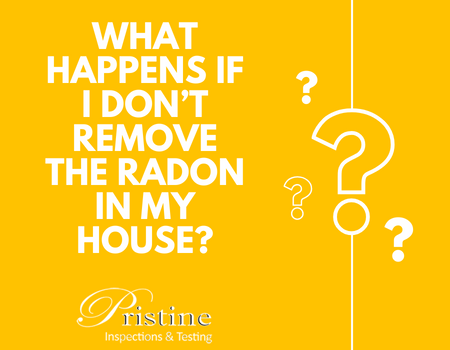Imagine an invisible enemy lurking in your home, silently increasing your risk of a deadly disease. This isn’t a scene from a sci-fi movie; it’s the reality of radon gas. Radon is a colorless, odorless, radioactive gas that seeps into homes from the soil. It’s the second leading cause of lung cancer in the United States according to the Surgeon General, and ignoring it can have severe consequences for your health and well-being.
Let’s explore the potential dangers of leaving radon unaddressed in your home. We’ll delve into the health risks associated with radon exposure, discuss the impact on property value, and outline the importance of radon testing and mitigation. Finally, we’ll introduce Pristine Home Inspections, a company dedicated to providing comprehensive radon testing services.
The Invisible Threat: Understanding Radon
Radon is a naturally occurring radioactive gas formed by the decay of uranium in soil and rock. It enters homes through cracks in foundations, crawlspaces, and sump pumps. Since radon is odorless and colorless, you won’t be able to detect it without testing. Long-term exposure to elevated levels of radon can damage lung tissue, increasing the risk of lung cancer.
Health Risks of Radon Exposure
When you breathe in radon gas, radioactive particles become lodged in your lungs. Over time, these particles can damage cells, potentially leading to lung cancer. The risk is particularly significant for smokers, as the combined effects of radon and smoking create a synergistic effect, exponentially increasing the risk of developing lung cancer.
Here’s a breakdown of the health risks associated with radon exposure:
- Increased Risk of Lung Cancer: Radon is estimated to cause over 21,000 lung cancer deaths annually in the United States.
- Long-Term Health Effects: Even if lung cancer doesn’t develop, prolonged exposure to radon can lead to respiratory problems and other health complications.
- Impact on Children: Children’s lungs are still developing, making them even more susceptible to the harmful effects of radon exposure.
Financial Implications of Ignoring Radon
Beyond the health risks, failing to address radon in your home can have financial repercussions. Here’s why:
- Reduced Property Value: When selling your home, potential buyers will likely conduct a radon test. If levels are high, it could significantly decrease the property value or even prevent a sale altogether.
- Mitigation Costs: Addressing radon after a failed test can incur additional costs for mitigation systems. Identifying and mitigating radon proactively can save you money in the long run.
The Importance of Radon Testing and Mitigation
The good news is that radon is a detectable and treatable issue. The Environmental Protection Agency (EPA) recommends testing all homes below the fourth floor for radon. Here’s an outline of the process:
- Radon Testing: Qualified radon testing professionals can conduct a simple test to measure radon levels in your home.
- Radon Mitigation: If testing reveals high radon levels, a mitigation system can be installed to safely remove radon from your home.
Taking Action: Pristine Home Inspections
Pristine Home Inspections is a company dedicated to providing comprehensive home inspection services, including radon testing. Their team of certified professionals utilizes state-of-the-art equipment to accurately assess radon levels in your home. They will provide you with a detailed report outlining the results and, if necessary, guide you through the mitigation process.
Radon may be invisible, but its health risks are undeniable. Taking proactive measures to test and address radon in your home is an investment in your health and the well-being of your family. Don’t wait for potential health problems or financial roadblocks to act. Contact Pristine Home Inspections today and breathe easy knowing your home is safe from the silent threat of radon.

